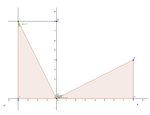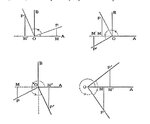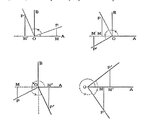milan.rajik
Banned

- Joined
- Apr 1, 2013
- Messages
- 2,524
- Helped
- 540
- Reputation
- 1,078
- Reaction score
- 524
- Trophy points
- 1,393
- Activity points
- 0
Please somebody give me proofs for Trignometrical ratios of \[\sin\](90 + \[\theta\]) and \[\sin\](180 - \[\theta\]). I need geometrical proof.








